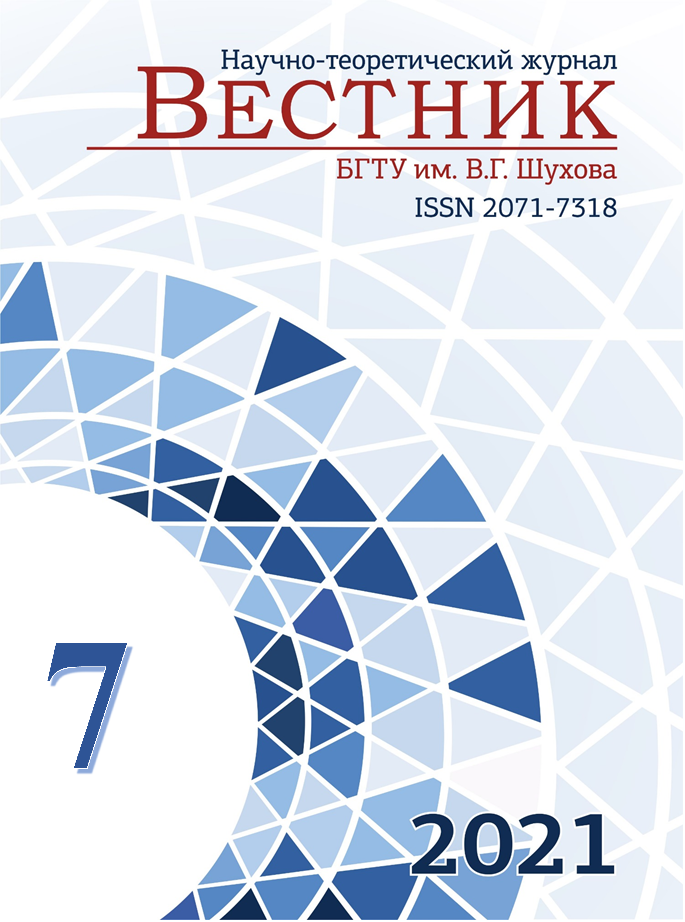Belgorod, Russian Federation
Russian Federation
Russian Federation
Russian Federation
Russian Federation
Russian Federation
Russian Federation
UDC 66
CSCSTI 61.35
Russian Classification of Professions by Education 18.02.05
Russian Library and Bibliographic Classification 35
Russian Trade and Bibliographic Classification 62
BISAC SCI013060 Chemistry / Industrial & Technical
The article discusses the possibility of reducing the circulation of sulfur oxide in the production of white cement by introducing alkaline potassium oxides K2O and sodium Na2O. A decrease in the circulation of sulfur oxide SO3 is achieved by increasing its yield in the clinker by transferring SO3 from a more sublimated compound of calcium sulfate CaSO4 to less sublimated potassium sulfates K2SO4 and sodium Na2SO4. Potassium and sodium oxides are introduced in the composition of carbonates and feldspar. The amount of introduced alkali oxides is controlled by the molar ratio A/S between sulfur oxide SO3 and alkaline oxides K2O and Na2O. It is shown that with the same molar ratio between sulfur oxide and alkaline oxides, the amount of SO3 removed with clinker depends on the ratio between potassium and sodium oxides. The higher the sodium oxide content, the more sulfur oxide comes out with the clinker and less remains to circulate in the kiln. The sublimation of sulfur oxide decreases from 70.5% - without the introduction of alkaline oxides, to 38,5 % at the maximum A/S ratio with the addition of potassium and sodium oxides in a ratio of 80:20 %. When potassium and sodium oxides are added in a ratio of 20:80%, the sublimation of sulfur oxide is reduced to 7,7 % at the same A/S ratio.
: white cement, white clinker burning, reduced sulfur oxide circulation, dry production, covering
1. Zubekhin A.P., Jatsenko N.D., Golovanova S.P. Theoretical Foundations of Whiteness and Coloring of Ceramics and Portland Cement [Teoreticheskie osnovy belizny I okrashivania keramiki I portlandtsementa]. M.: OOO Riph "Stroymaterialy". 2014. 152 p. (rus)
2. Zubekhin A.P., Golovanova S.P., Kirsanov P.V. White Portland cement [Belyi portlandtsement]. Edited by A.P. Zubekhin. Rostov-on-Don: Editorial office "Proceedings of universities North Caucasus region ". 2004. 264 p.
3. Zubekhin A.P., Golovanova S.P. White Portland cement, its role in architectural and construction design, production and application [Belyi portlandtsement, ego rol' v arhitekturno-stroitel'nom dizaine, proizvodstvo I primenenie]. Cement and its application. 2010. No. 3. Pp. 35-37. (rus)
4. Makphi D.E., Daffi Don. A., Kherfort D. Factors Affecting the Color of White Portland Cements [Faktory, vliiaiuschie na tsvet belyh portlandtsementov]. Cement and its application. 2010. No. 3. Pp. 40-45. (rus)
5. Chatterjee A.K., Cement Production Technology. Principles and Practice. Boca Raton: Taylor & Francis Group. 2018. 419 p.
6. Klassen V.K., Ermolenko E.P., Novosyolov A.G., Mishin D.A. Problem of impurity of salts of alkali metals in cement raw materials. Middle-East Journal of Scientific Research. 2013. No 17 (8). Pp. 1130-1137. URL: http://idosi.org/mejsr/mejsr17(8)13/18.pdf.
7. Klassen V.K. Technology and optimization of cement production: a training manual [Tekhnologia i optimizatsia proizvodstva tsementa: uchebnoe posobie]. Belgorod: publishing house of BSTU named after V.G. Shukhov. 2012. 308 p. (rus)
8. Klassen V.K. Portland Cement Technology: Selected Works [Tekhnologia proizvodstva tsementa: izbrannye truly]. Belgorod: publishing house of BSTU named after V.G. Shukhov. 2017. 530 p. (rus)
9. Locher G., Klein H. Modeling circulating sulfur, chlorine and alkali systems in the clinker burning process; part 1: comparison of measurement and calculation. Cement International. 2009. No 3. Pp. 74-87.
10. Locher G., Klein H. Modeling circulating sulfur, chlorine and alkali systems in the clinker burning process; part 2: theory and discussion. Cement International. 2009. No. 4. Pp. 64-75.
11. Enders M., Haeseli U. Reactions of alkalis, chlorine and sulfur during clinker production. Cement International. 2011. No. 3. Pp. 38-53.
12. Tokheim L.-A., Kiln system modification for increased utilization of alternative fuels at Norcem Brevik. Cement International. 2006. No. 4. Pp. 52-59.
13. Klein H., Hoenig V. Model calculations of the fuel energy requirement for the clinker burning process. Cement International. 2006. No. 3. Pp. 44-63.
14. Schneider C., Schulz M., Hamman B. Production of glass products - a possible new way of utilizing dusts from the cement industry. Cement International. 2007. No. 1. Pp. 64-73.
15. Duda V. Cement [Tsement]. German translation E.Sh. Feldman. Edited by B.A. Judovich. M.: Stroyizdat. 1981. 464 p. (rus)
16. Luginina I.G. Selected Works [Izbrannye trudy]. Belgorod: publishing house of BSTU named after V.G. Shukhov. 2002. 302 p. (rus)
17. Kapan M. Circulation phenomena during clinker buring. Part I [Tsirkuliatsionnye iavlenia pri obzjige klinkera. Chast’ I]. Cement and its application. 2017. No. 5. Pp. 44-49. (rus)
18. Kapan M. Circulation phenomena during clinker buring. Part II [Tsirkuliatsionnye iavlenia pri obzjige klinkera. Chast’ II]. Cement and its application. 2017. No. 6. Pp. 34-41. (rus)
19. Botvinkin O.K., Klyukovsky G.I., Manuylov L.A. Laboratory workshop on general technology of silicates and technical analysis of building materials [Laboratornyi praktikum po obshcey tekhnologii silikatov i tekhnicheskomu analizu stroitel’nykh materialov]. Edited by Kosyakina Z.K. M.: Stroyizdat. 1966. 400 p. (rus)
20. Novosyolov A.G., Vasina Yu.A., Novoselova I.N., Goriaynova D.N., Ershova Yu.I. Research of the possibility of reducing the circulation of volatile compounds in the rotary kiln of the dry method of production [Issledovanie vozmozjnosti snizjeniia tsirkuliatsii letuchih soedineniy vo vroshcayushceysia pechi suhogo sposoba proizvodstva]. Bulletin of BSTU named after. V. G. Shukhov. 2020. No.7. Pp. 84-92. (rus)














